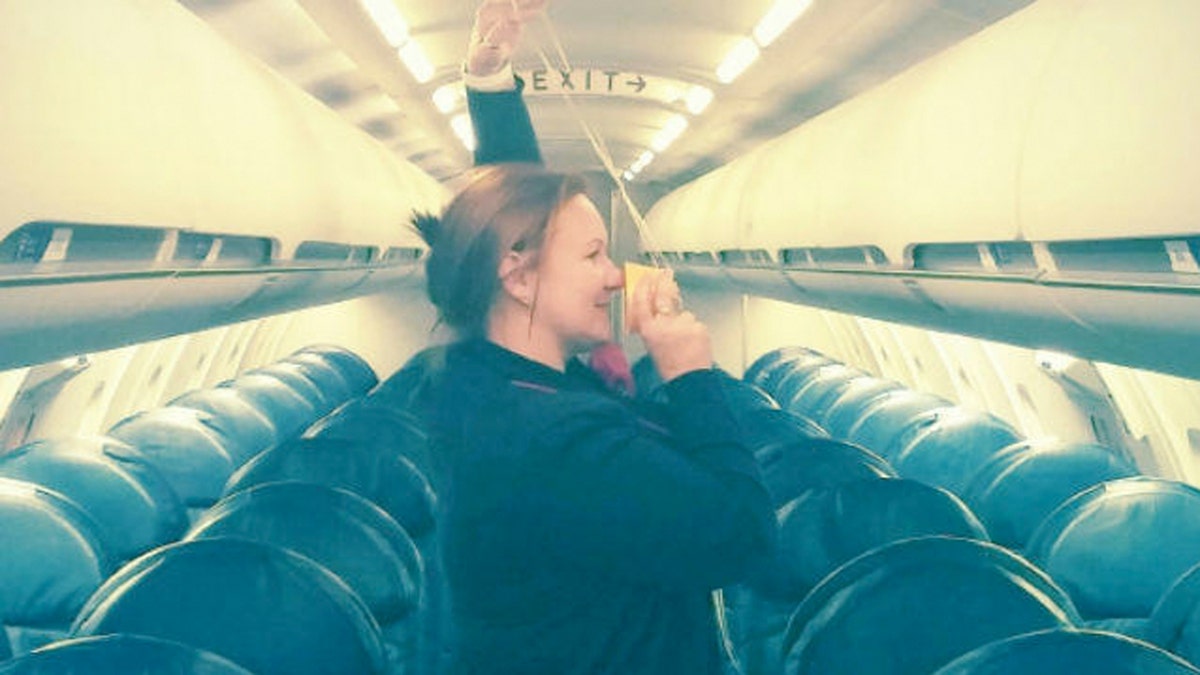
A person only has seconds to put their oxygen masks on at high altitudes before they pass out. (iStock)
An image of a woman taking a picture of herself on a plane wearing an oxygen mask after a cabin pressure issue is making the rounds on social media.
Taken on board an Air Transat plane en-route from Mexico to Montreal, Canada, it shows the passenger, identified as Marie-Eve, and a seatmate with no mask on. Marie-Eve described an “intense” moment as the plane dropped 7,000 feet in just two minutes, reports the Daily Mail. According to her Twitter account, the picture was taken after the terrifying incident when they landed, not during the incident, as it was earlier reported.
The airline confirmed that on Jan. 17, oxygen masks were deployed and the aircraft began a rapid descent on as the Air Transat Boeing 737-800 was just south of Charlotte, N.C. Passengers reported there was a bang followed by a rush of cold air, but the airline said that the crew was able to quickly regain control of cabin pressure. The cause of the occurrence is being investigated.
Marie-Eve says that she suffered pain in her ears due to the rapid descent and heard people crying in the cabin.
A representative for the airline told the Mail that a technical malfunction caused the automatic deployment of passengers’ oxygen masks.
"The rest of the flight to Montreal went smoothly. Aware of the concern caused by the circumstances, the pilot left the cockpit to explain the situation and clarify that everything was back to normal,” the representative said.
Commercial airliners typically fly at an altitude of anywhere from 30,000 to 40,000 feet, but air cabin pressure is kept at a lower altitude, roughly 6,000 to 8,000 feet, for comfortable breathing.
During a loss of cabin pressure, the air at higher altitudes contains so little oxygen that the average person would pass out in about 15 to 20 seconds without the help of an oxygen mask. That's why during the safety instructions you're told to put on your own mask before helping others.
Each mask has an oxygen supply of about ten minutes, which is time to allow the pilots to quickly descend to an altitude where the air is thick enough for everyone to breath normally.
“The urgency is to descend to a flight level [altitude] that will allow passengers to remove their oxygen masks and breathe normally. This is normally 12,000ft above the sea," pilot Adam Twidell, CEO of PrivateFly, told the Mail.
